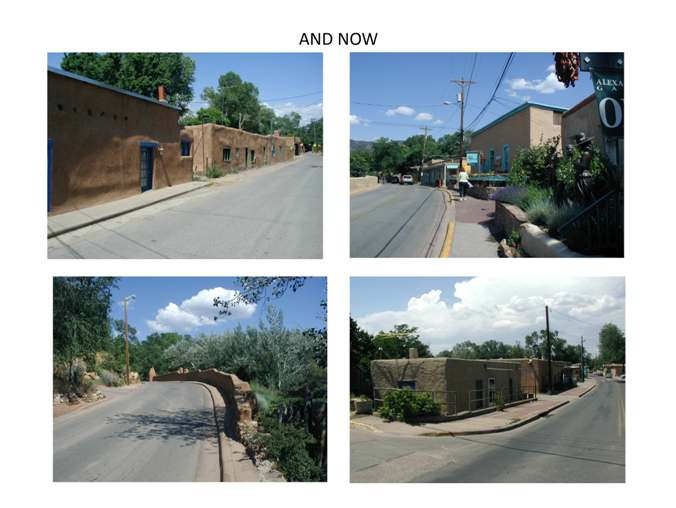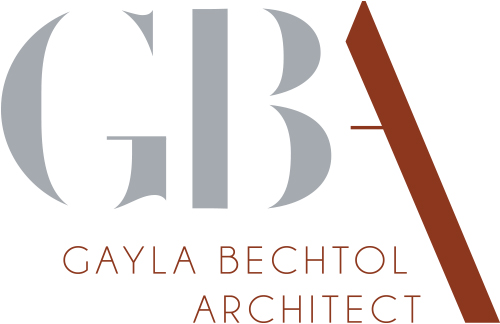Contributing or Not? Adventures in the Santa Fe Historic Districts
An owner of a building in the Downtown/Eastside Historic District of Santa Fe recently contacted me. He wondered if I would do a historic survey for his building because the Historic Design Review Board recently rejected him because they questioned if his building should be listed as Contributing to the historic districts. He was surprised by this information because he had checked it out before he bought the building. He intentionally didn’t buy a Contributing building because he thought it would be too expensive to renovate.
In a historic district each building is designated a status of non-contributing, contributing, and significant depending on its age, historic character and other factors including its importance culturally. The City of Santa Fe has its own rules (of course), differing from the National Historic Preservation Act and its guidelines by the US Secretary of the Interior. Depending on the status there are different rules for what can be changed or not.
After I took a look at the building I was surprised he was surprised. I quickly saw it could go either way. But no one told him ahead of time that the HDRB can change the designation at any time, especially when a building is about to go through major changes as he was proposing. I provided the survey, otherwise known as a Historic Cultural Properties Inventory, made my recommendation to the board, and ultimately they kept the Non-contributing status. And he only lost time in this case.
But he could have saved a great deal of time and money if he had the right information at the right time, if he had hired an expert working in the historic districts in the first place. But we live and learn.
Following are slides from a talk I gave describing what is Santa Fe Style? It started in the 20’s as a booster for Santa Fe’s tourism, romanticizing the mud houses and streets, and looking outside of Santa Fe to not only the Pueblo architecture, but also Spanish architecture that is a mix of many architectures and cultures including African and Moorish influences. Old Santa Fe Style is wall dominated, see below for what that means- walls, few openings. The houses used to come to the street. Some still do.
How to make a modern aesthetic and comfortable living out of these vernacular buildings if you can’t change the exterior of the building? See my website for some solutions.
This question is what makes working in Santa Fe fun and interesting.



